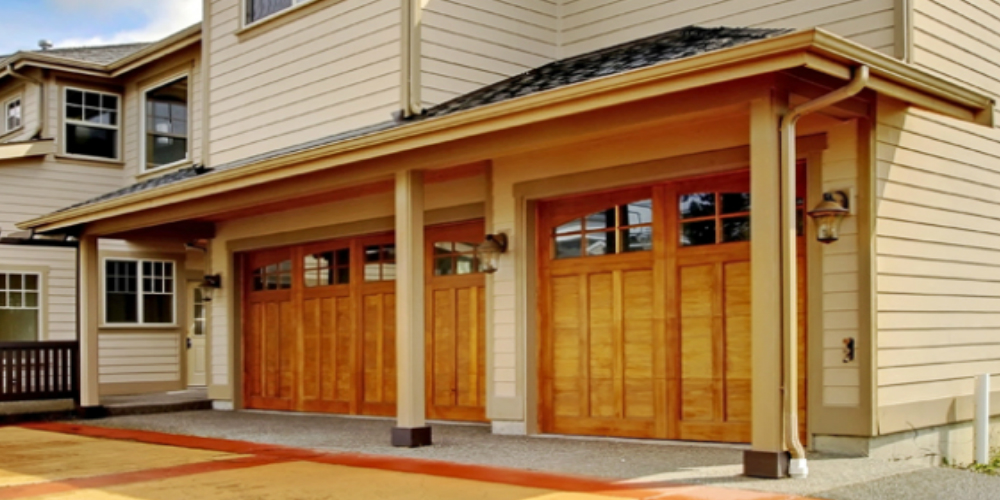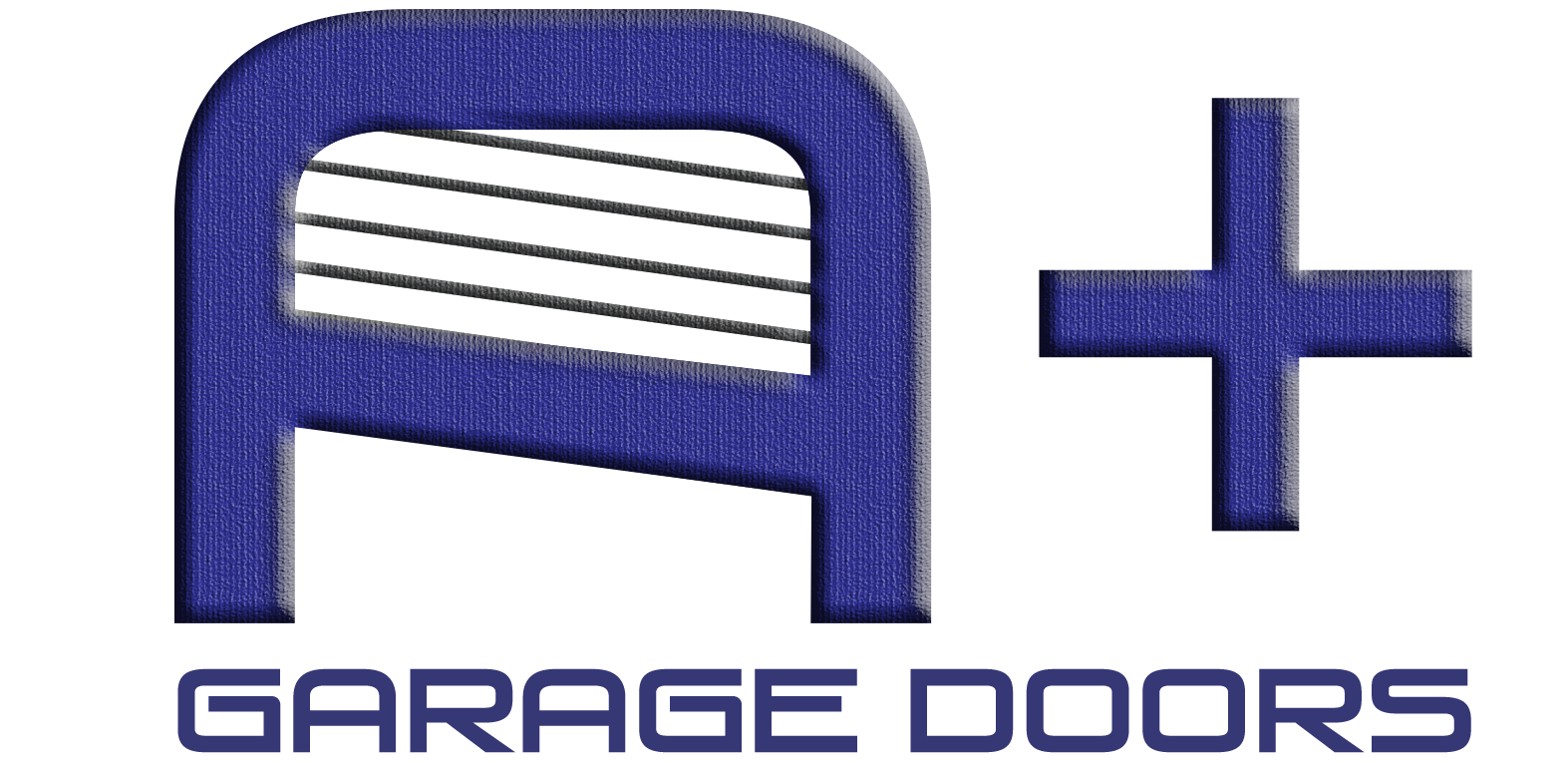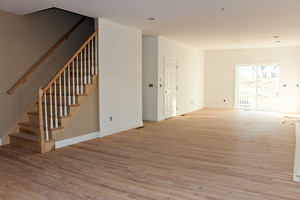This quick and relatively affordable home improvement adds value, beauty and utility to the exterior of your home.

Your garage door may be one of your home’s most prominent, visible elements, depending upon the garage’s size and orientation. Because of this, the garage door has an opportunity to boost your home’s style and beauty or, if it’s in shoddy shape, significantly detract from the house’s appearance.
If your home’s garage door has seen better days, consider replacing it. Few home improvements can increase a home’s curb appeal as quickly and affordably as a new garage door.
Garage Door Materials
Garage doors have come a long way in recent years. Taking advantage of modern technologies, today’s doors are built of materials that look great and withstand the elements for many years with little maintenance.
Garage doors are manufactured from steel, fiberglass composites, wood and aluminum. A door’s main material and construction determine its durability and the maintenance needed to keep it in good shape.
Steel garage doors. Major home improvement centers sell steel garage doors more than other types. Steel is strong, secure, easy to maintain and relatively affordable. And a steel garage door can look great – some steel doors have exterior surfaces embossed with wood-grain patterns and finishes that mimic the look of wood surprisingly well.
Unlike wood, steel doesn’t crack, warp or degrade from weather exposure. High-tech, baked-on finishes protect steel surfaces from rust and eliminate the need for painting.
Single-layer steel doors, the least expensive type, are stamped from a sheet of galvanized steel. Moderately priced double-layer steel doors have a layer of polyurethane or polystyrene foam for thermal insulation, rigidity and soundproofing (polyurethane has a higher insulating value than polystyrene).
Premium triple-layer “double-skin” steel doors sandwich the foam insulation between steel layers. With these, an interior sheet of galvanized steel strengthens the door, protects the insulation and dresses up the door’s interior face.
The best steel doors are made of 24-gauge steel. Lower quality garage doors utilize thinner 28-gauge steel. Steel door warranties typically protect against rust – in some cases for 20 years or more – but not against fading.
Most steel doors are the sectional, roll-up variety. Sections may have flush, recessed, raised or ribbed panels and may or may not contain windows.
Wood garage doors. Wood doors can be exceptionally handsome. They have the warm, natural look that most other garage doors try to imitate. But wood is vulnerable to weathering, a considerable problem. Because of this, wood doors need to be repainted or stained every few years. Most manufactured wood doors have only one-year warranties.
Most wood doors are sectional roll-up doors, though a swing-up wood door that’s meant to be painted can be affordably built in the driveway from a wood framework and plywood. Custom wood doors are typically made of durable softwoods such as Douglas fir, cedar, redwood or cypress, or from hardwoods such as oak or mahogany. Appearance-grade hardwoods are relatively expensive.
Cladwood composites, with resin-impregnated layers, last longer than real wood. In fact, some types are protected by 20-year warranties.
Fiberglass and aluminum doors. Though these materials have the benefit of being lightweight, they’re best reserved for special conditions because fiberglass is easily broken and aluminum is vulnerable to bending and dents. Fiberglass can be the right choice in a salt-air climate because it doesn’t corrode.
Garage Door Styles
If you browse online through major manufacturers’ websites, you’ll discover a staggering variety of garage doors and options – from sleek, flush-panel contemporary doors to matched pairs of classic carriage-house doors complete with crossbucks, or X-shaped detailing.
All types of garage doors may include windows that are arched or rectangular, frosted or clear and located at eye level or high enough to allow light without views.
The key is to do your homework and find the style that will complement your home.
Most garage doors are made by major garage door manufacturers, including Amarr Garage Doors, C.H.I. Overhead Doors, Clopay Building Products, Overhead Door Corporation, Raynor Garage Doors and Wayne Dalton. These doors are sold through home improvement centers or by local garage door dealers.
If you visit a dealer or a home improvement center, be sure to take along your existing garage door’s height, width and thickness measurements. Most dealers happily offer free estimates.
Garage Door Costs
Prices, like the garage doors themselves, run the gamut. You can pay as little as $400 for a door that you install yourself, or several thousand dollars for a high-end premium door that includes all the bells and whistles, including installation. A mid-range, 16-by-7-foot door will typically cost from $750 to $1,500, installed. Premium insulated steel doors run from $750 to $3,500. According to Remodeling Magazine’s 2017 Cost vs. Value report, the average national cost of a garage door replacement is $3,304.
The best way to get an accurate fix on cost is to ask for bids from several dealers. Be sure their prices include hauling away your old garage door and hardware. If you’re considering an automatic door opener, plan to order it at the same time.
Return on Investment
Without a doubt, a new garage door can add to your home’s beauty, value and functionality. It can improve security, reduce energy costs, minimize maintenance, quicken the sale of your property and make the neighbors happy. But will it return your investment when you sell your home? This may depend on how much you spend and where you live.
Current data from real estate firms throughout the country show that replacing the garage door raises the value of a home by an average of $2,810, according to Remodeling Magazine’s report. Based on the average cost of $3,304, this means that replacing a garage door is expected to return 85 percent of the job’s cost, nationally. When replacing a garage door in the Western U.S., however, the return is predicted to be 110.8 percent of your investment.
If return on investment is a priority and you don’t live in the West, your best strategy may be to buy a low- to moderately-priced door that significantly improves the look of your home. Consider adding an automatic garage door opener at the same time. The beauty of a new door and the convenience of an automatic opener are sure to be a winning combination.
Don Vandervort is the founder of HomeTips.com , a leading home improvement advice site.



